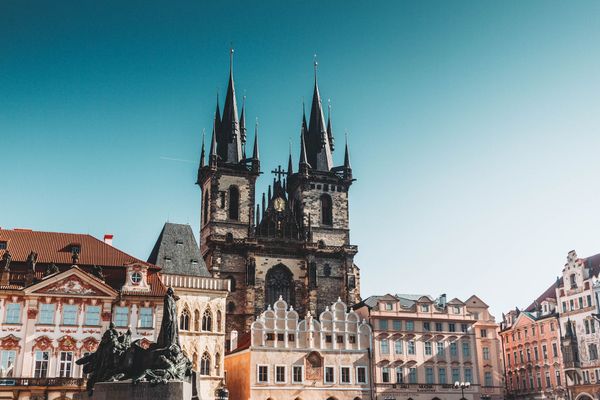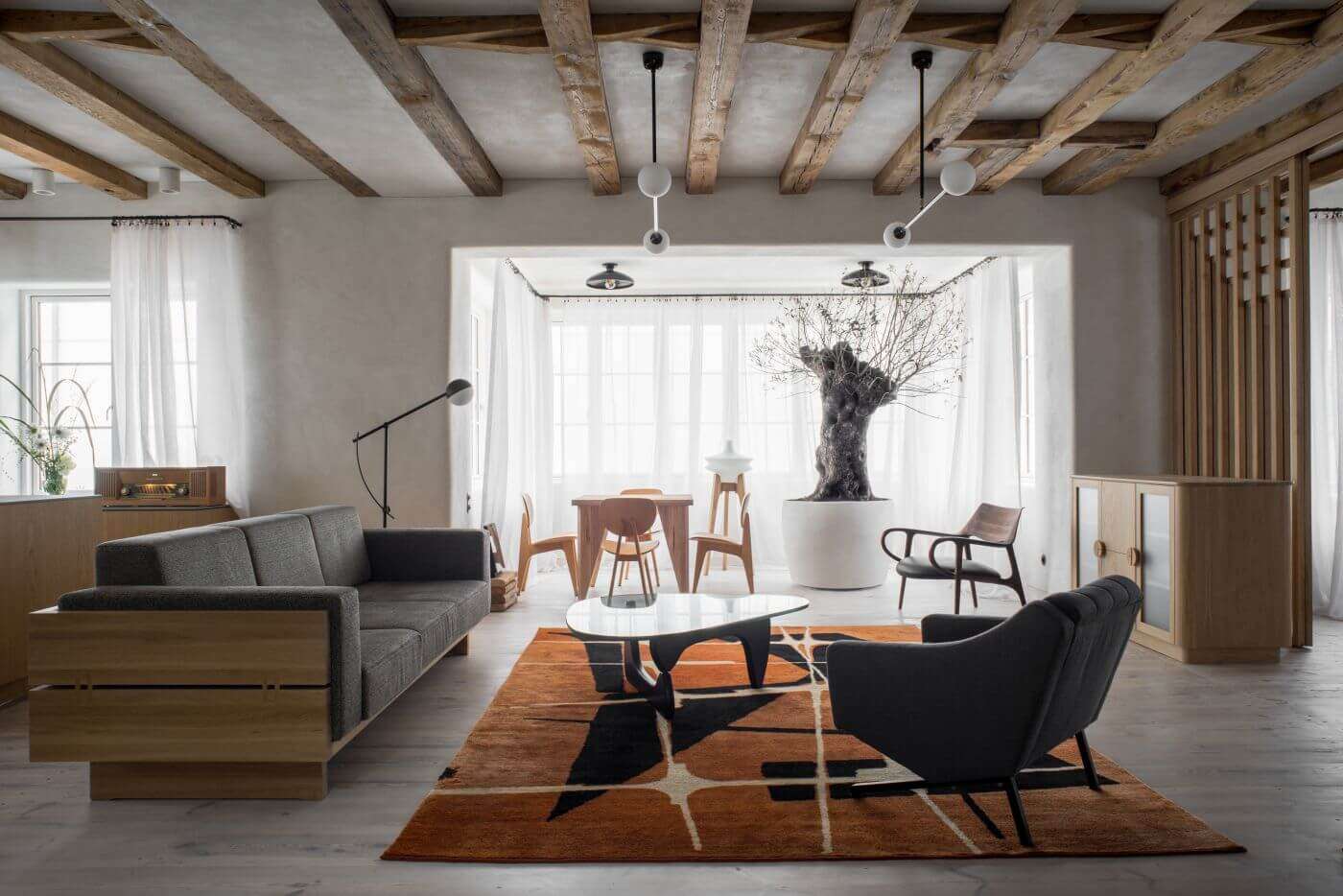Approaching the old with a distinctive sophistication, while infusing it with the natural elegance of new trends—perhaps this is the poetic way to describe the work of the Loft Kolasiński studio. Operating in Warsaw, Szczecin, and Berlin, the studio’s portfolio includes interior and furniture design, which they passionately combine in their projects. We present three of Loft Kolasiński’s truly unique creations, which have quickly found their way into our hearts.
Mixing times in a penthouse
One of the studio’s recent and very successful projects was the interior design concept for a penthouse apartment, which was listed as the best project of 2022 by the architecture and interior design community platform Archilovers. One of the many unique features of the Warsaw penthouse is that it was built as an extension of a tenement house restored in 1912, so it’s no surprise that modern, simple elements are mixed with the characteristic spaces of refined, middle-class apartments, and furniture evoking the twentieth century. Pieces designed by Loft Kolasiński studio are recurring throughout the interior, from chests of drawers to mirrors to bathroom furniture. They also include items from great classics such as Overgaard & Dyrman, Aksel Bender Madsen, iconic chairs by Verner Panton, and Edmund Homa’s armchair. Decorative elements include a sculpture by Igor Mitoraj and a painting by Leon Tarasewicz.
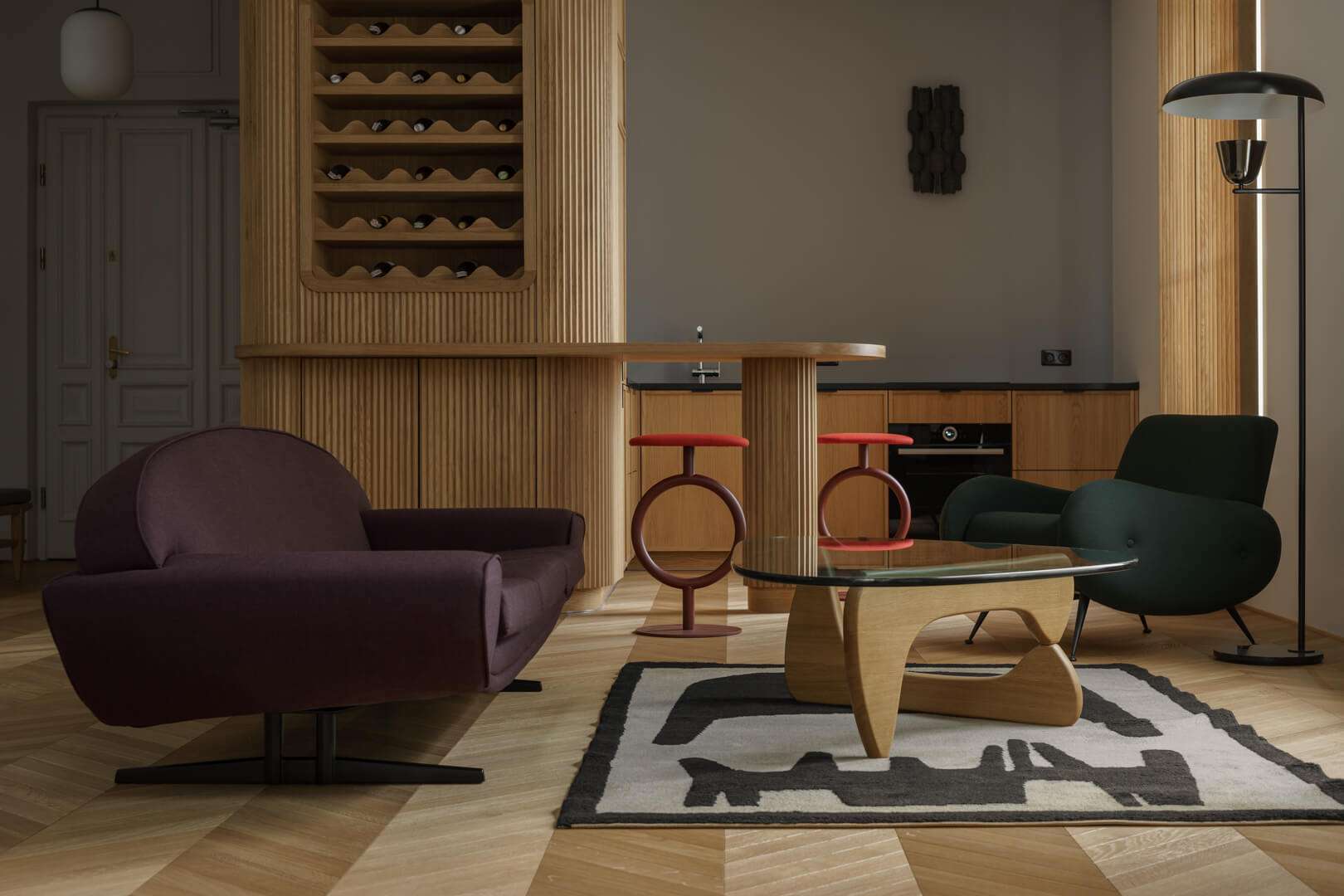
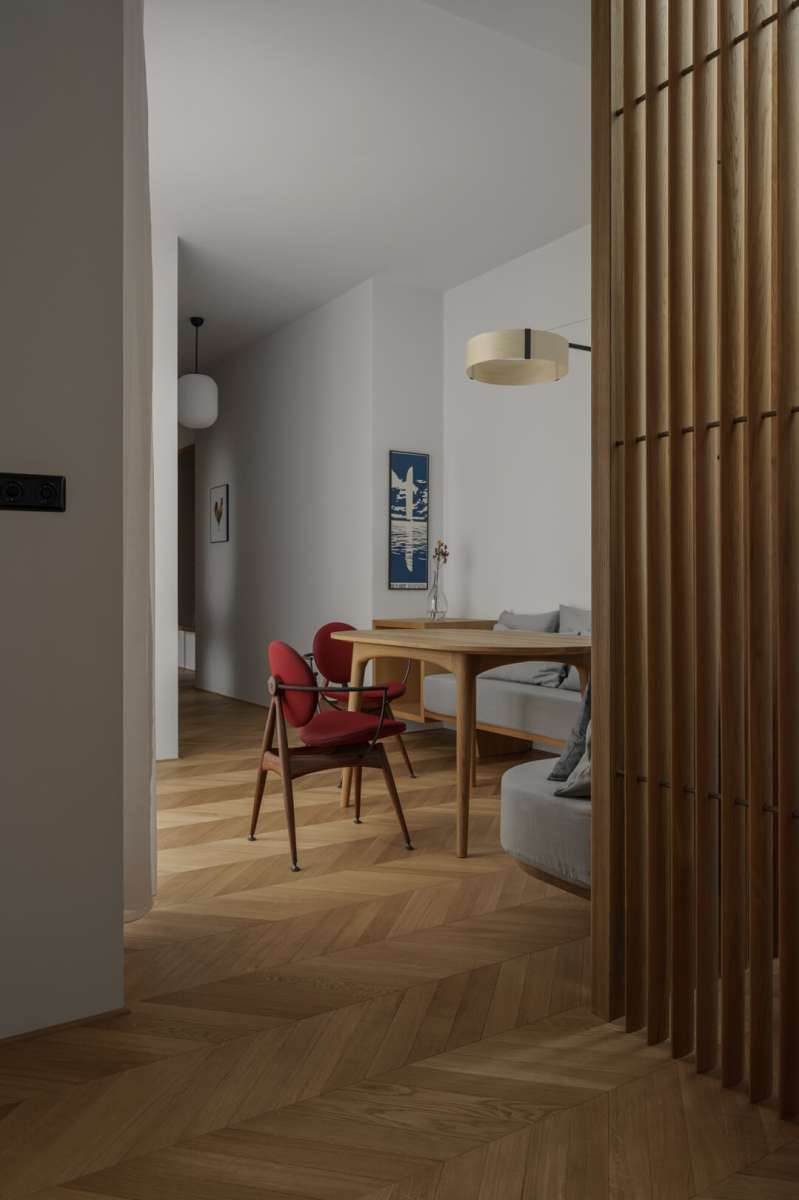
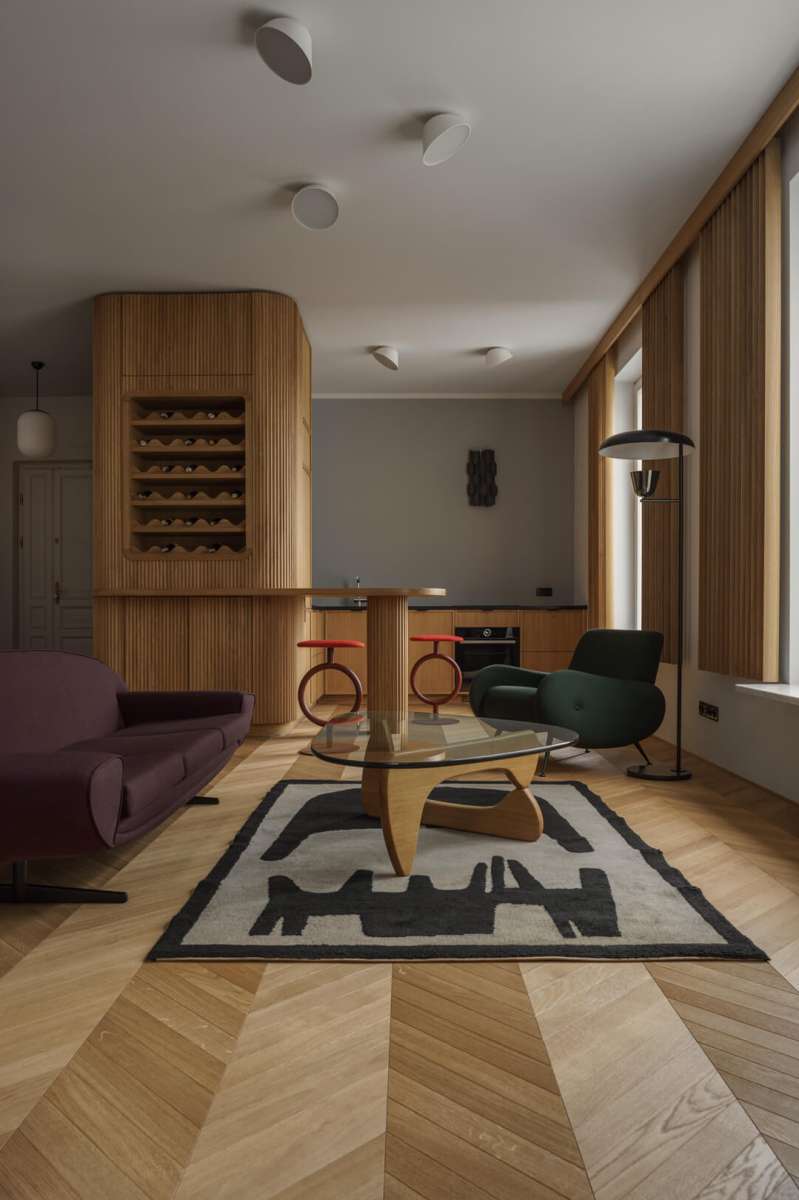

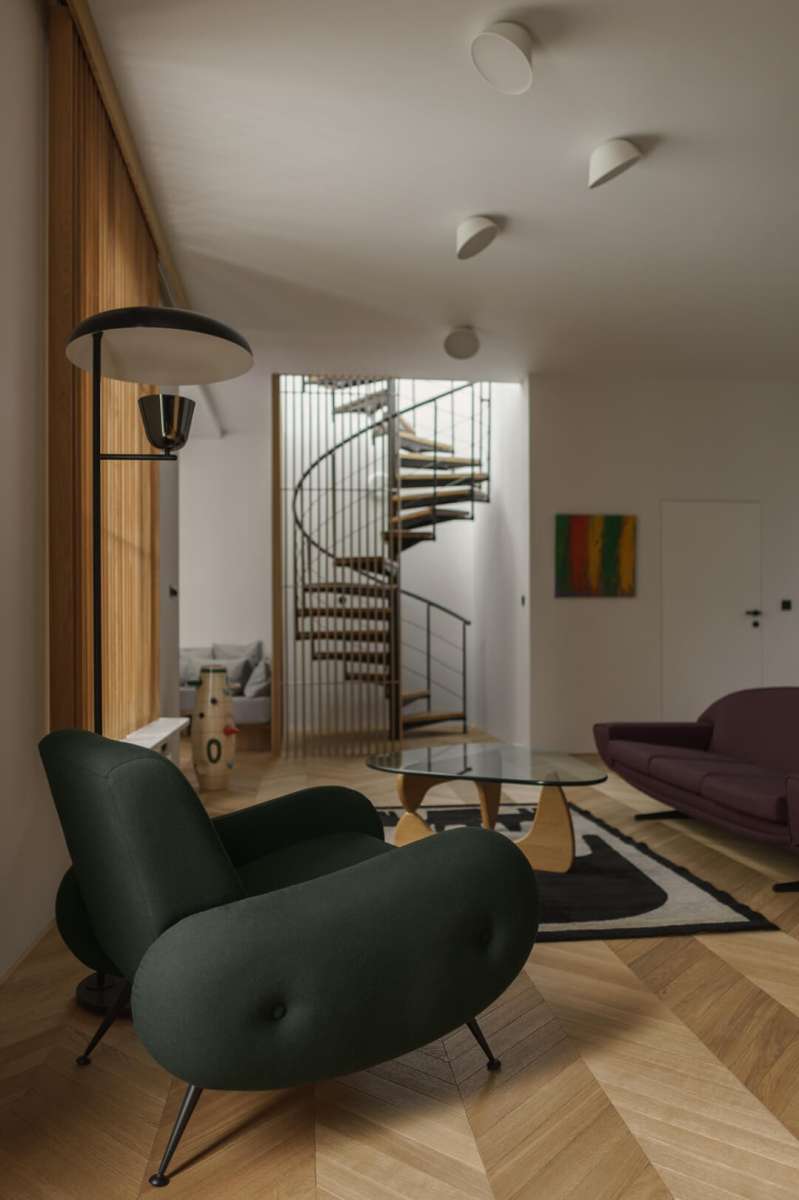
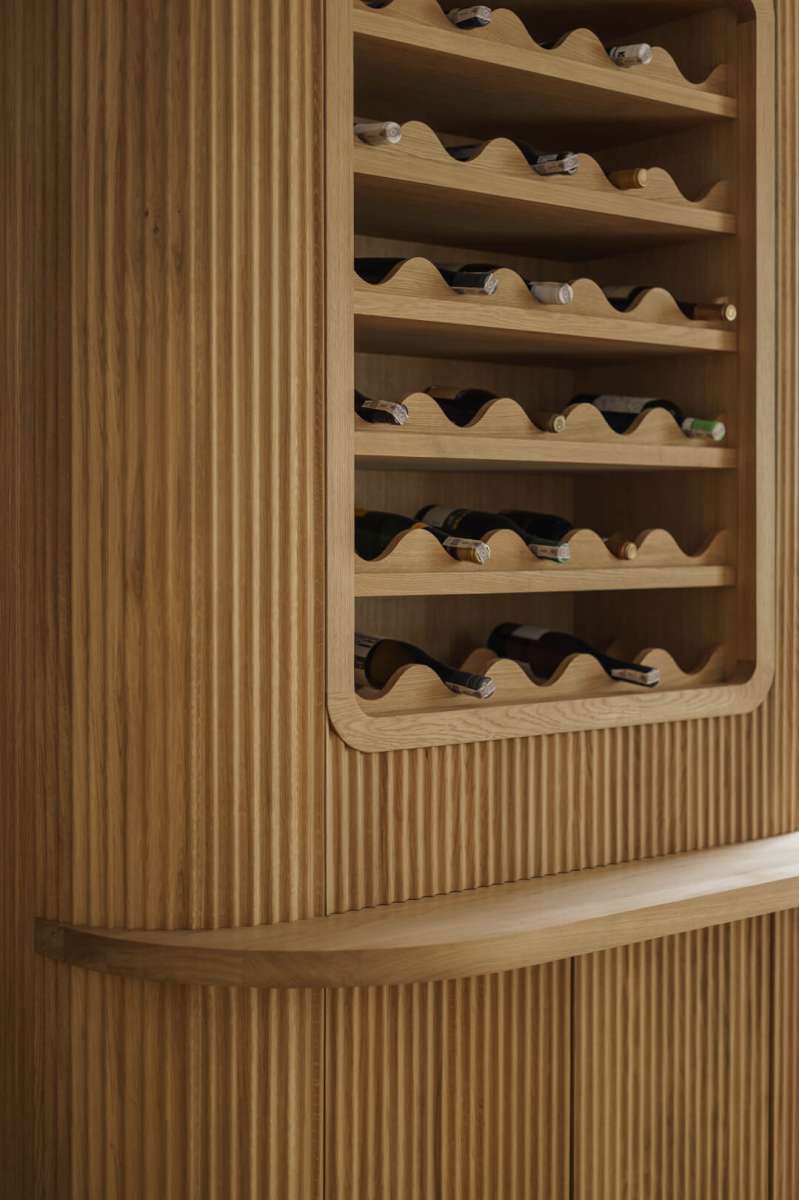
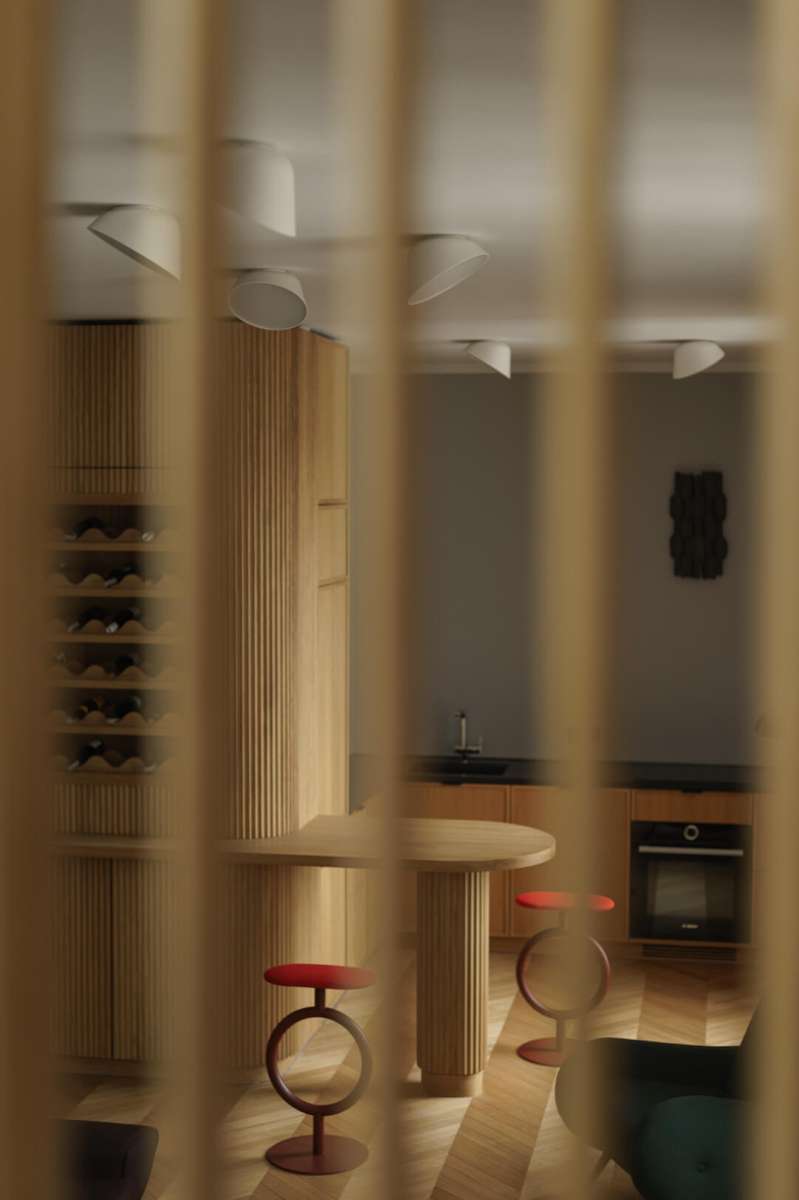

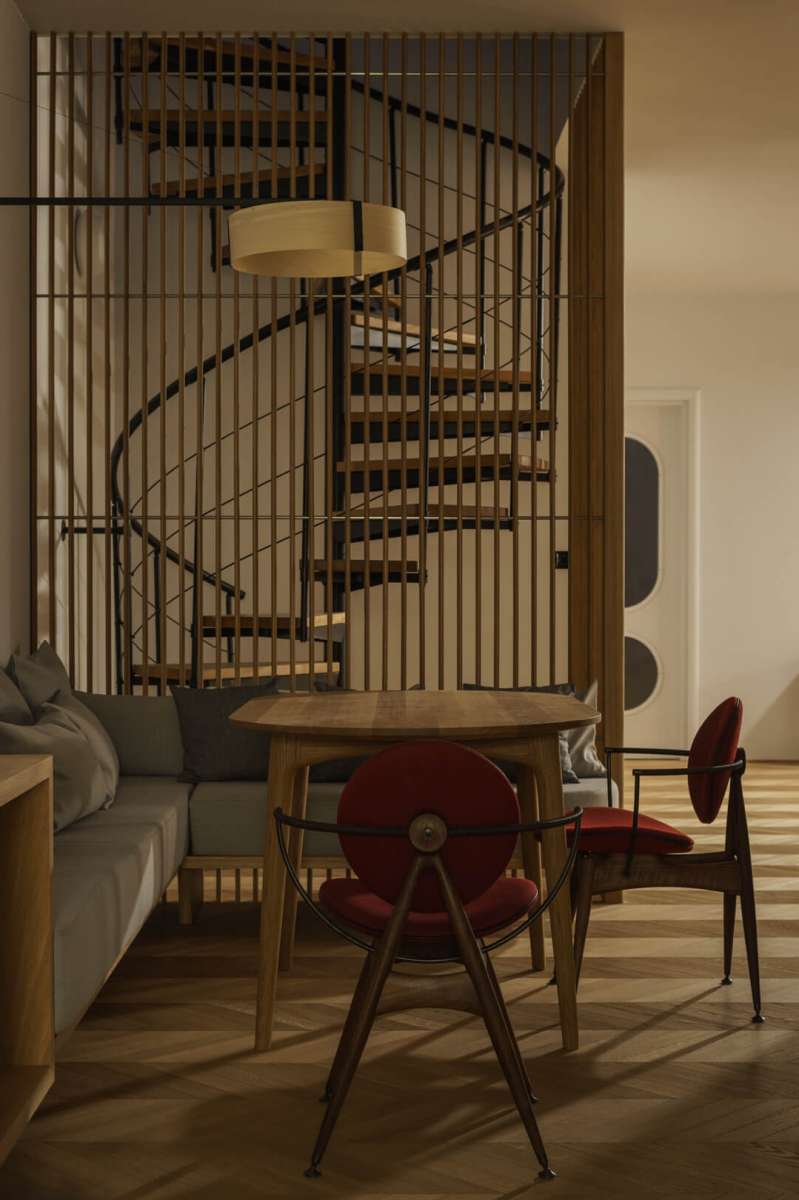
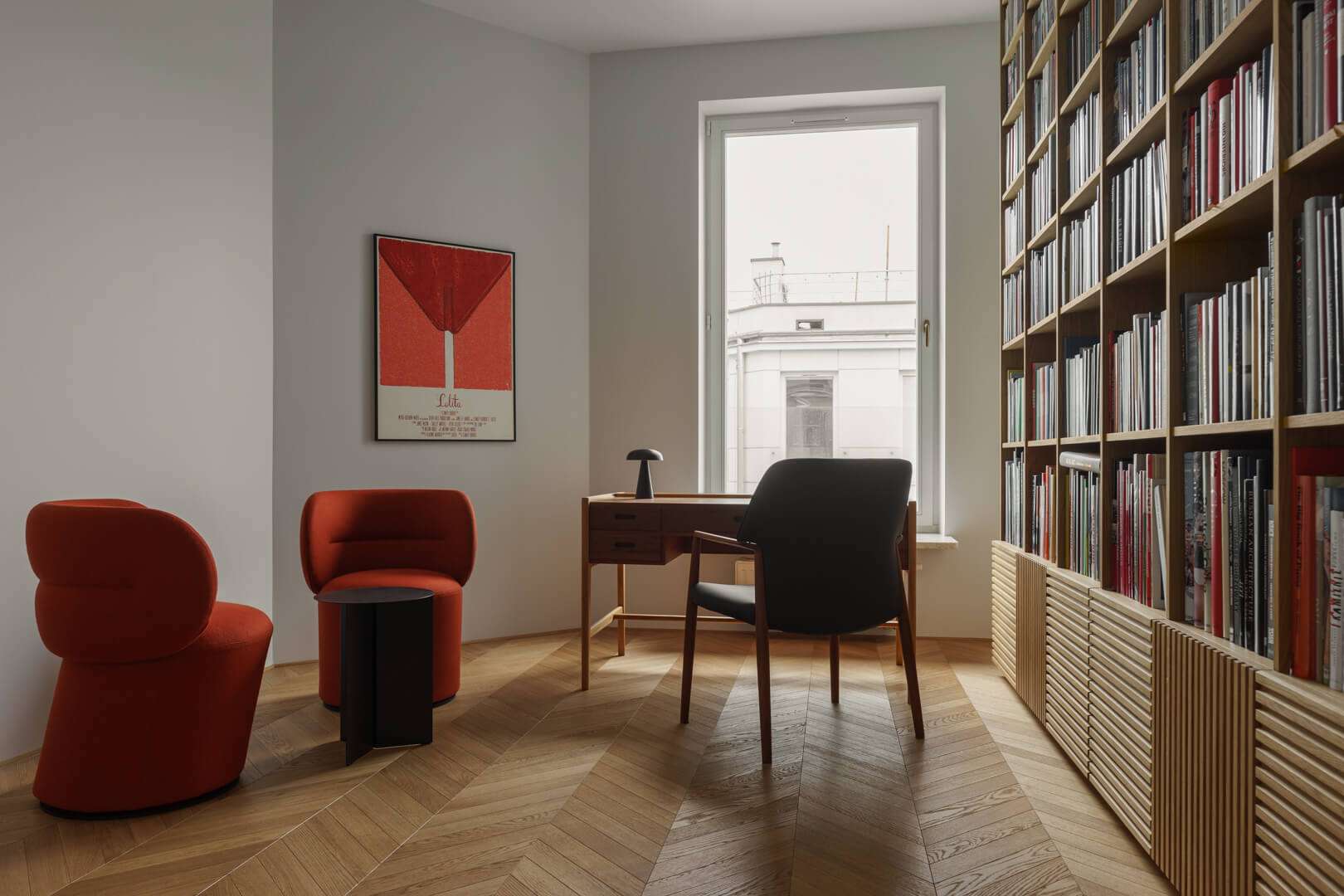

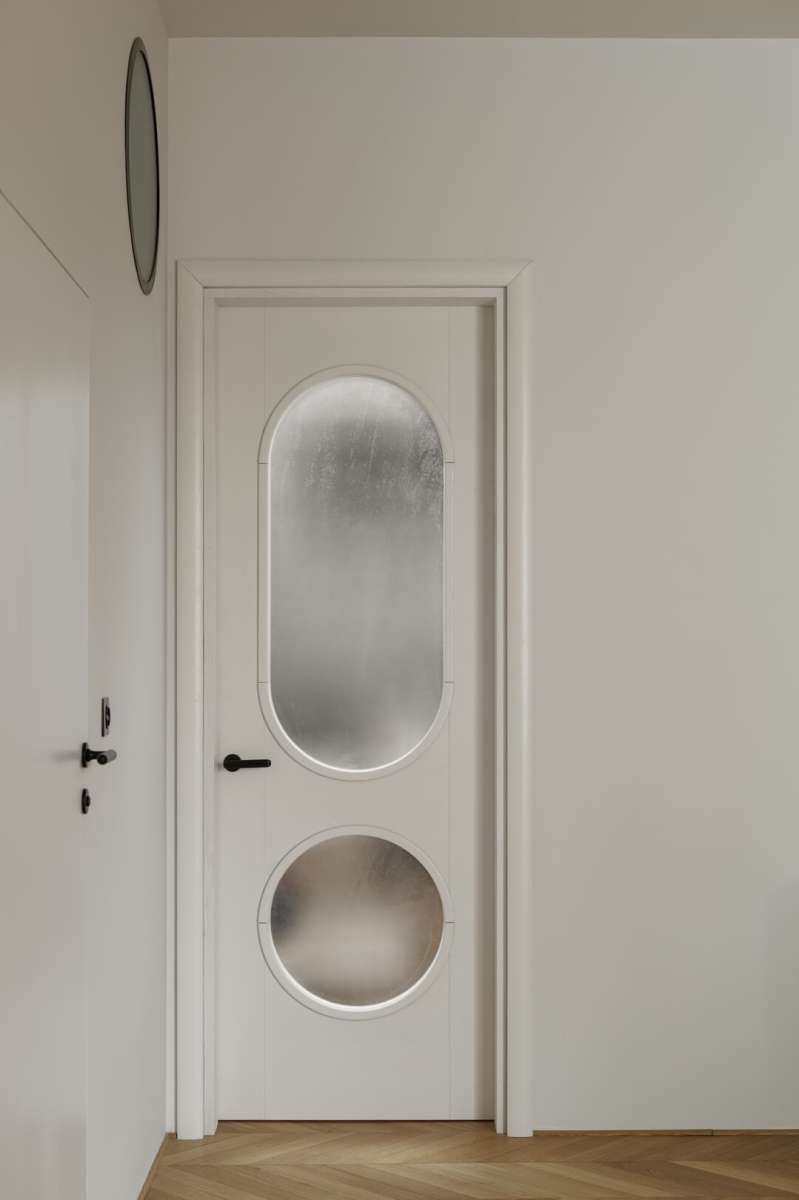
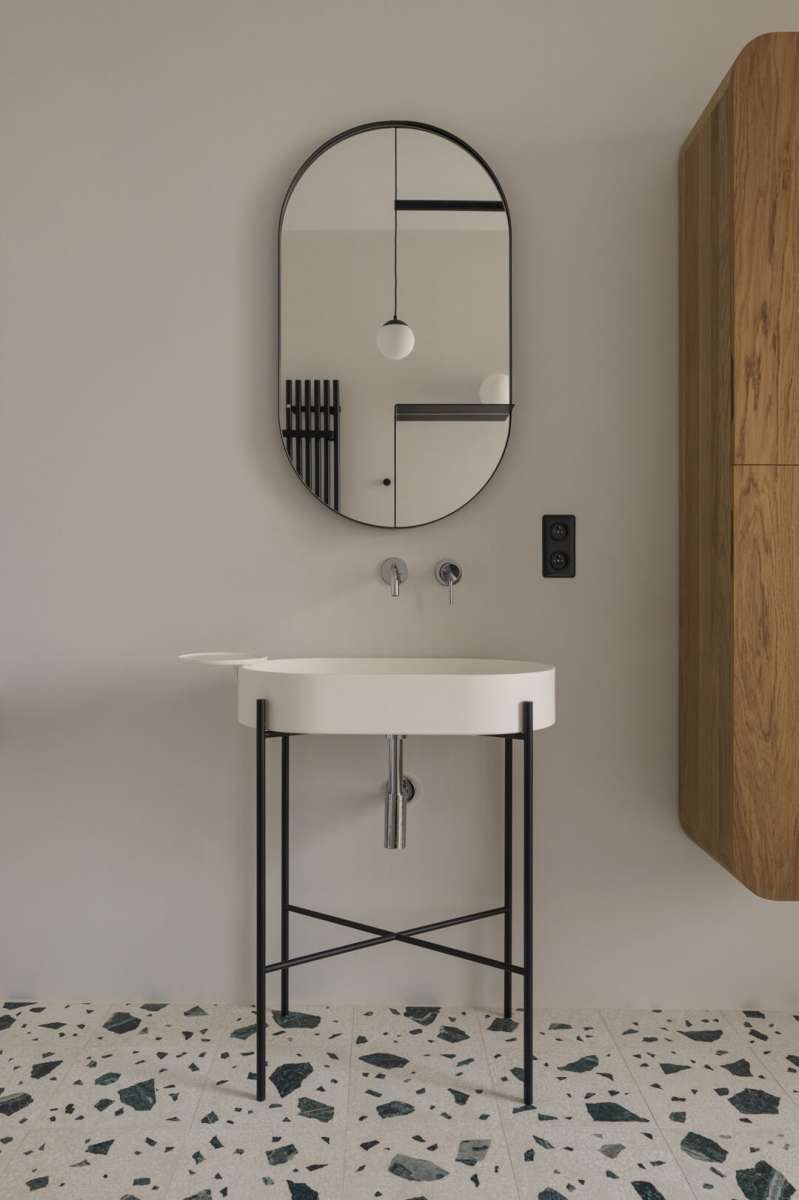
Bauhaus eclecticism
In 2021, Loft Kolasiński was commissioned to create the overall interior design of a typical Bauhaus villa, a house in Konstancin-Jeziorna. The main objective was to preserve the Bauhaus aesthetic, evoking the modernism of the 1950s and 1960s. After the renovation of the villa, which was built in 1936, the interiors were left completely empty, making it necessary to create a staircase, a fireplace, or a kitchen, among other things. One of the biggest challenges of the project was the design of a bookshelf for a collection of tens of thousands of books. The studio also designed several pieces of furniture, of which one of the most striking is the Brazilian punk-styled floor lamp. The secret of the interior is that every detail is carefully thought out, with accessories that match the style of the space, including works by Le Corbusier, Yoko Ono, and Maria Chomentowska.
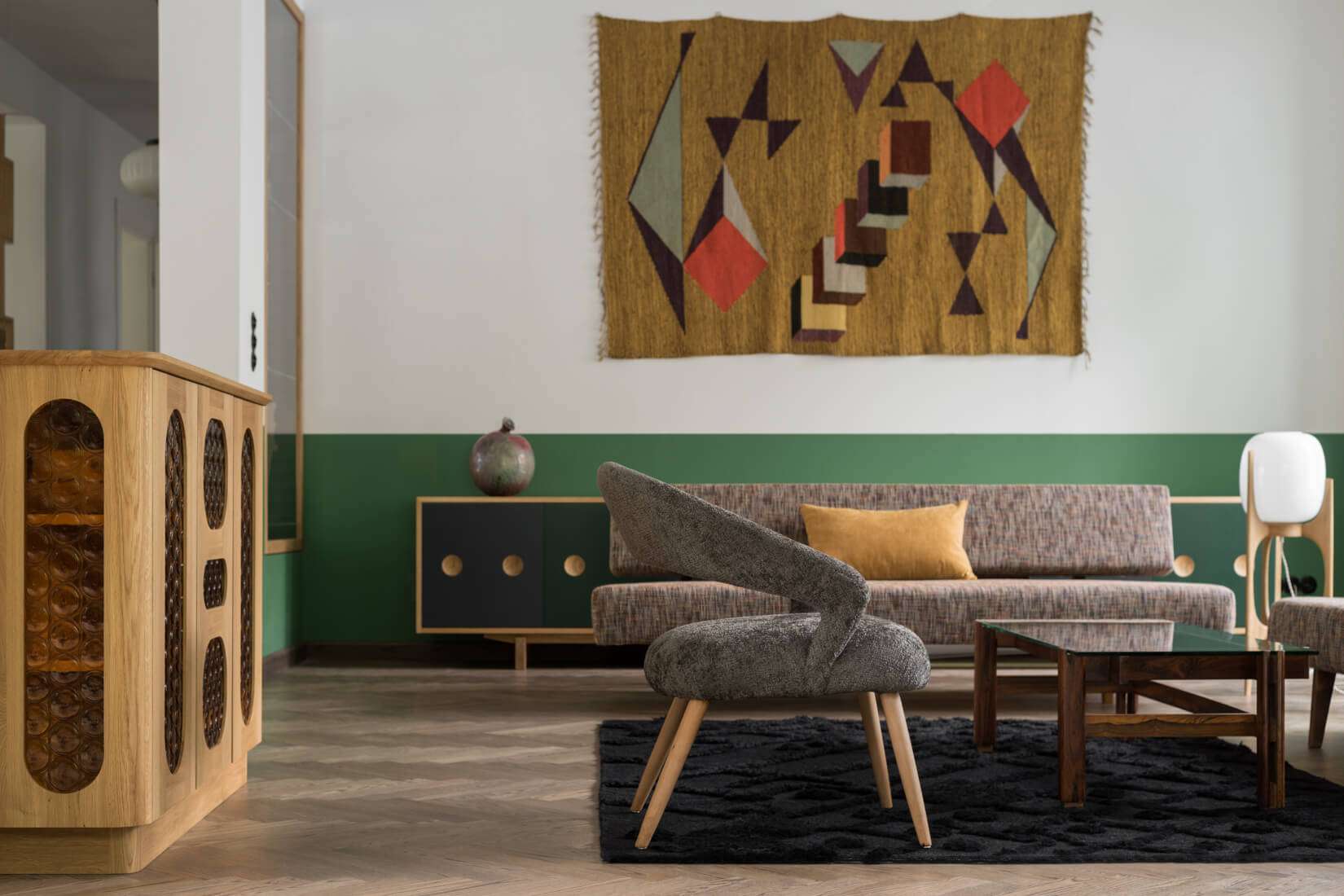
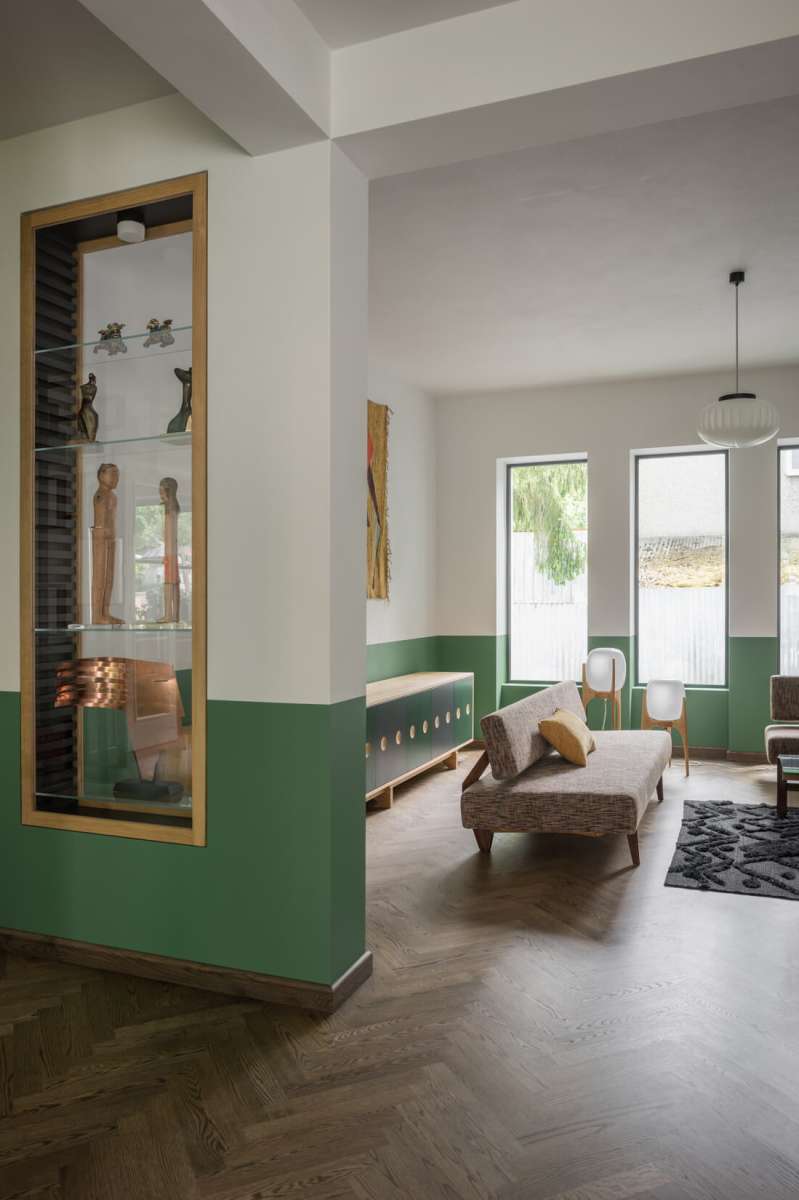
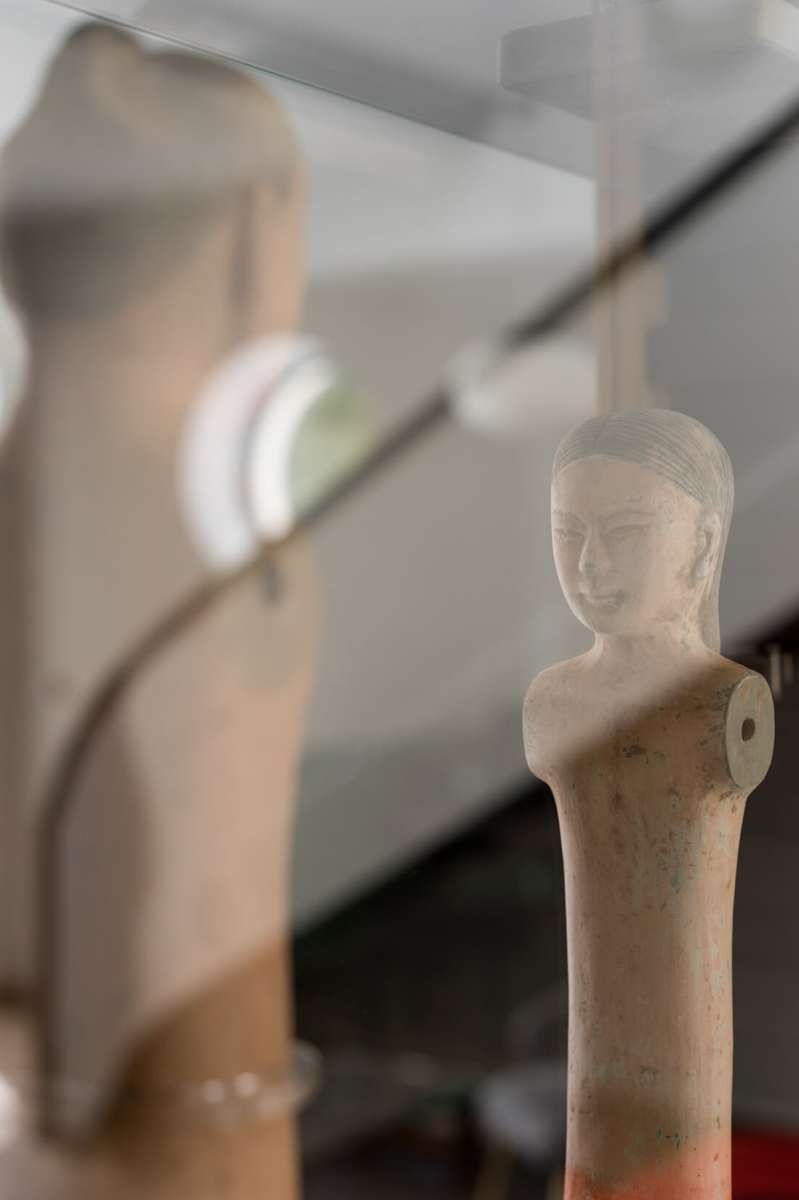
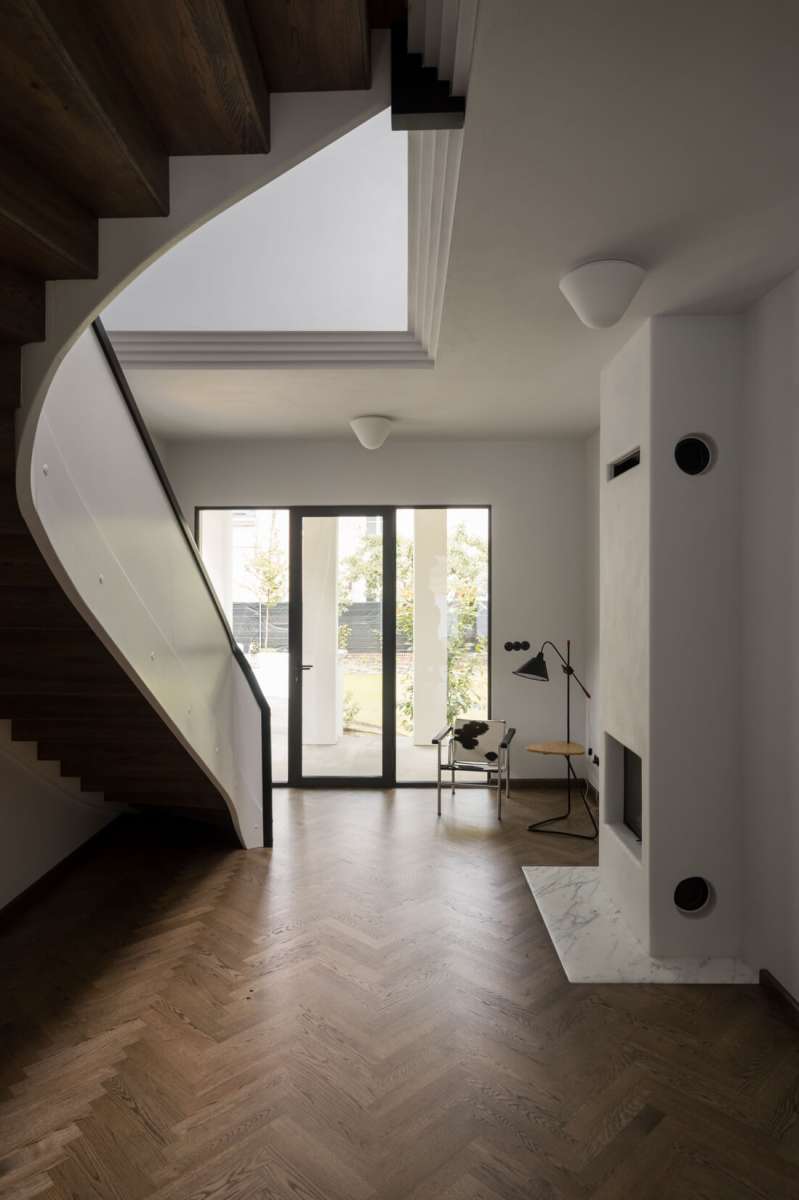
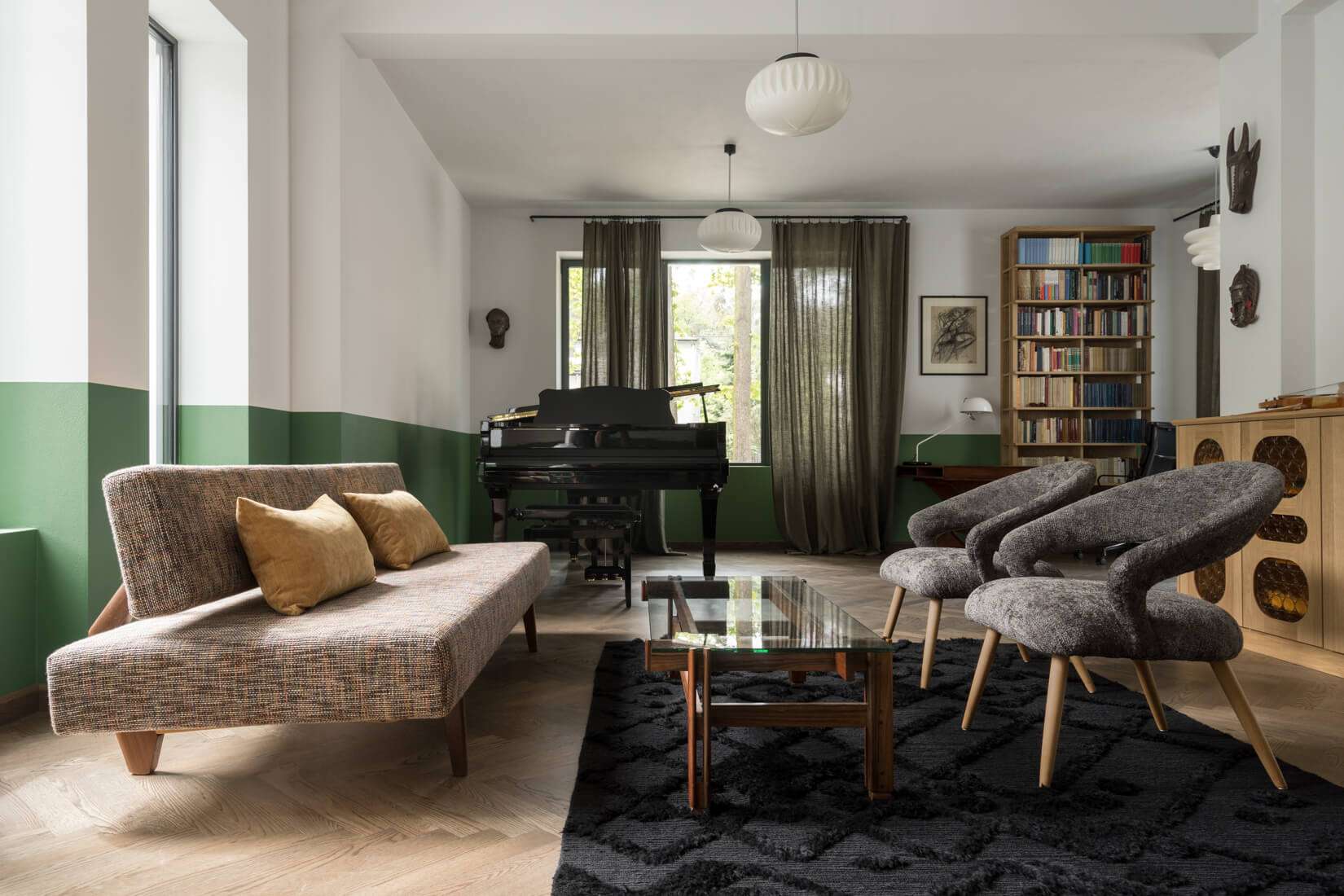
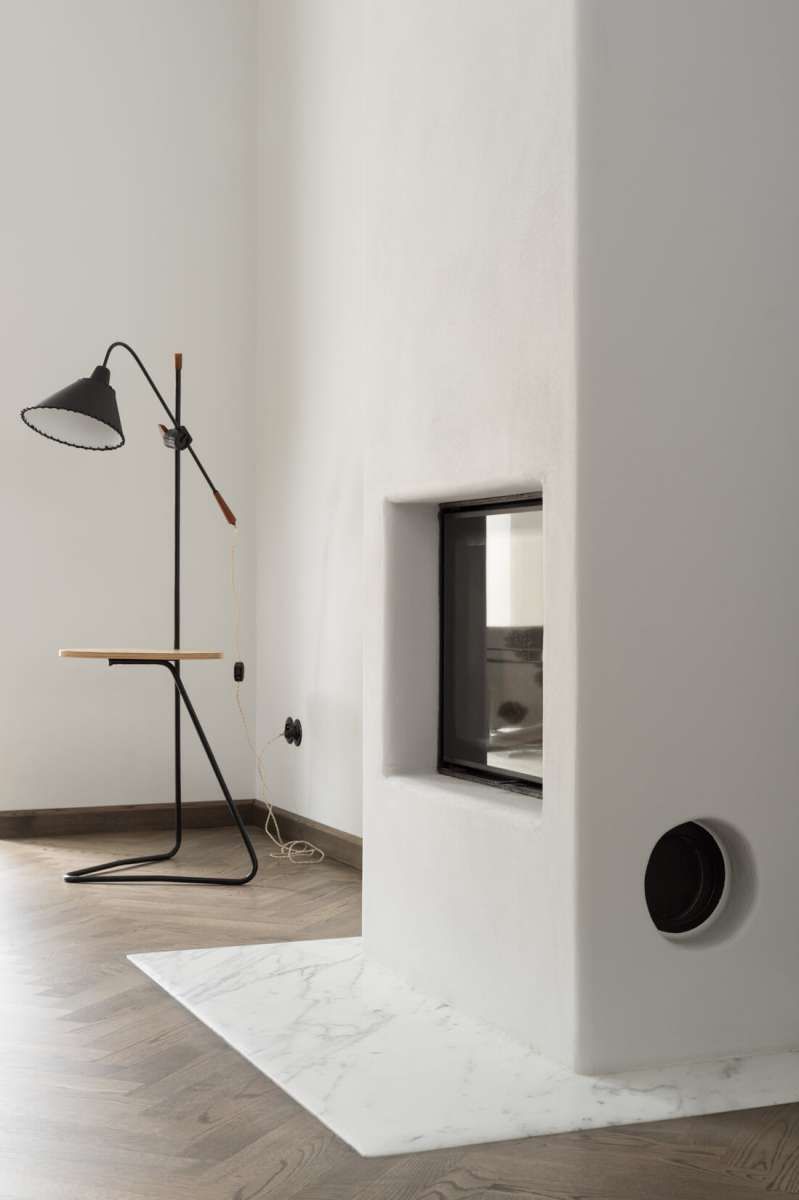
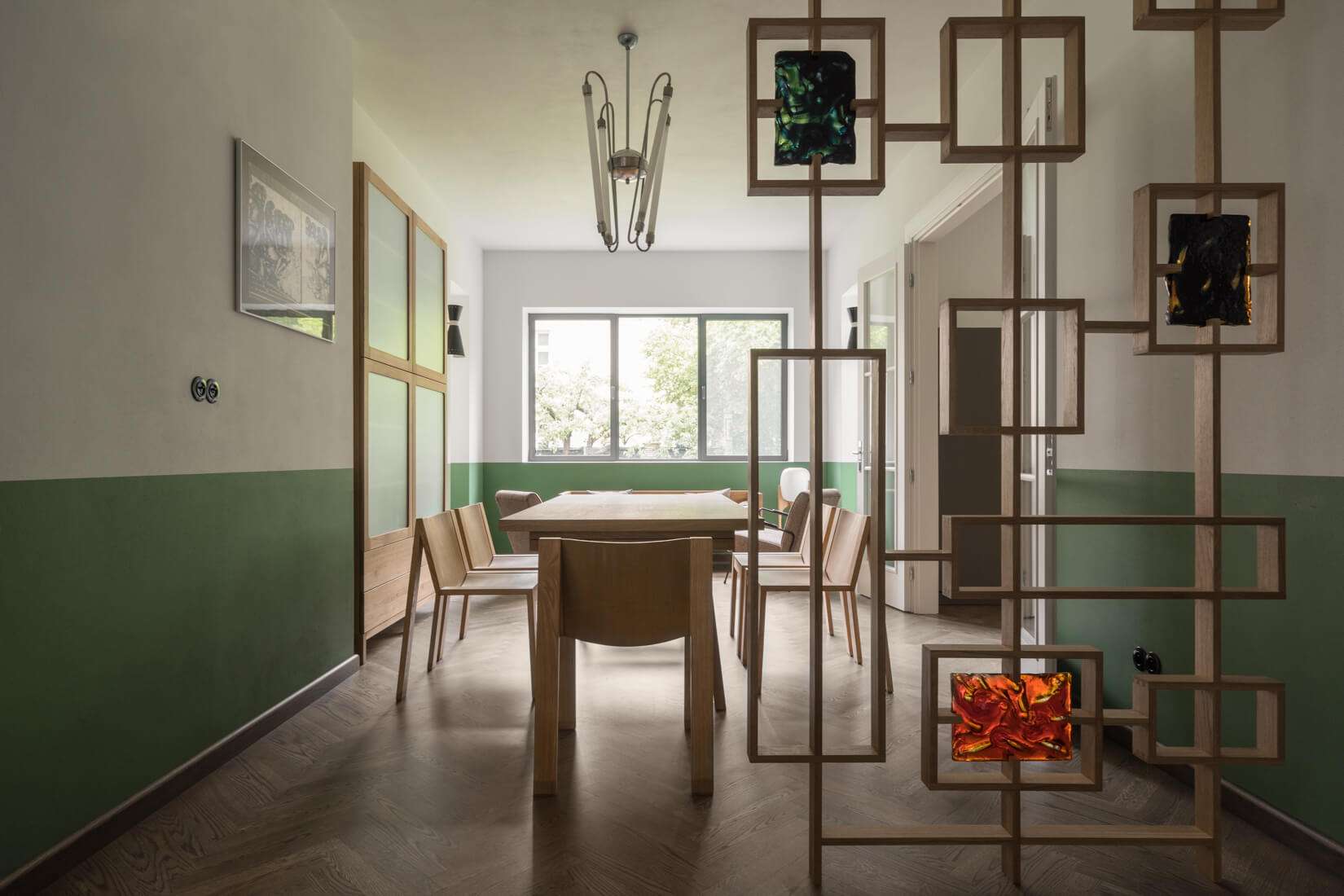
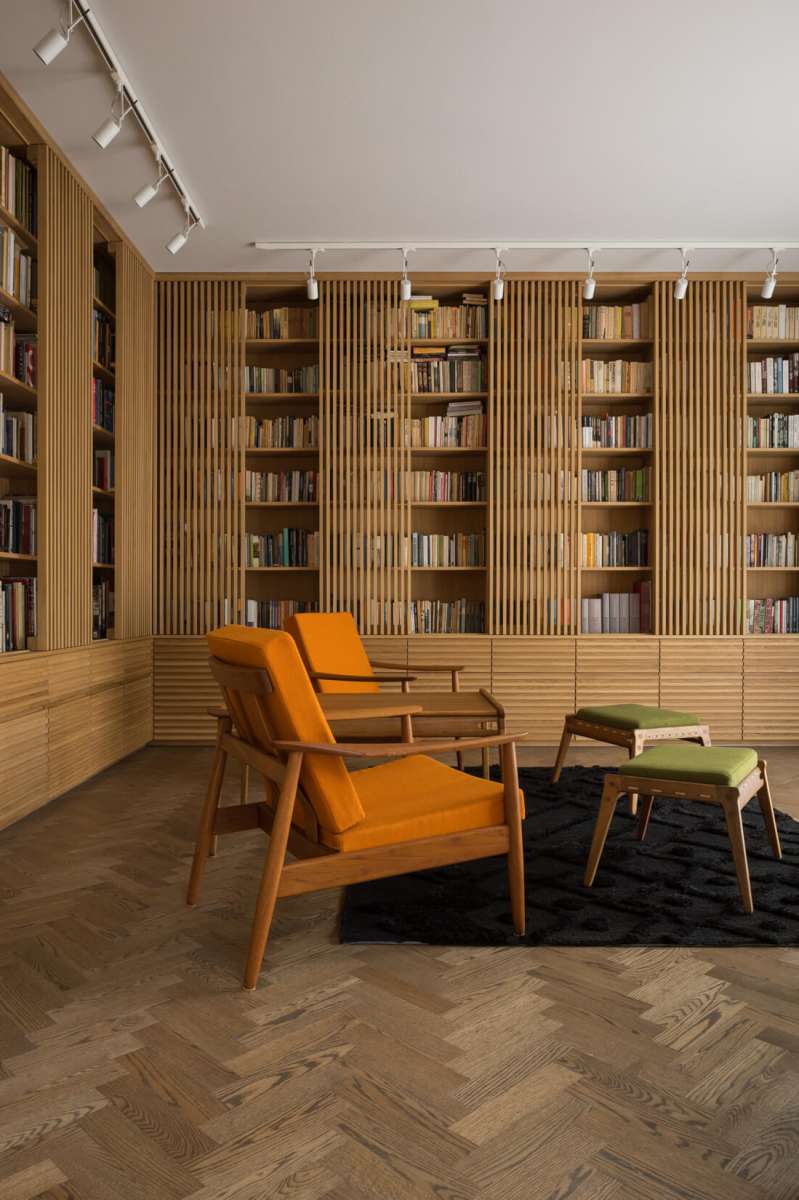


The influence of Japanese and Brazilian modernism
The studio’s 2019 project was an interior reconstruction of a house in Szczecin buklt in 1923. The client’s request was primarily to redesign the classic layout of the house, resulting in a spacious and open ground floor. On the other hand, the entire building was inspired by the Wabi-sabi philosophy, so several natural materials were used during the renovation process. The walls are clad in clay plaster, the downstairs stove is ornamented with handmade tiles, and the kitchen floor tiles date from 1923. The design is dominated by Japanese and Brazilian modernist elements, but there are also objects designed in Europe, like the wool carpet, which was made in 1969 in the Polish town of Kowary.
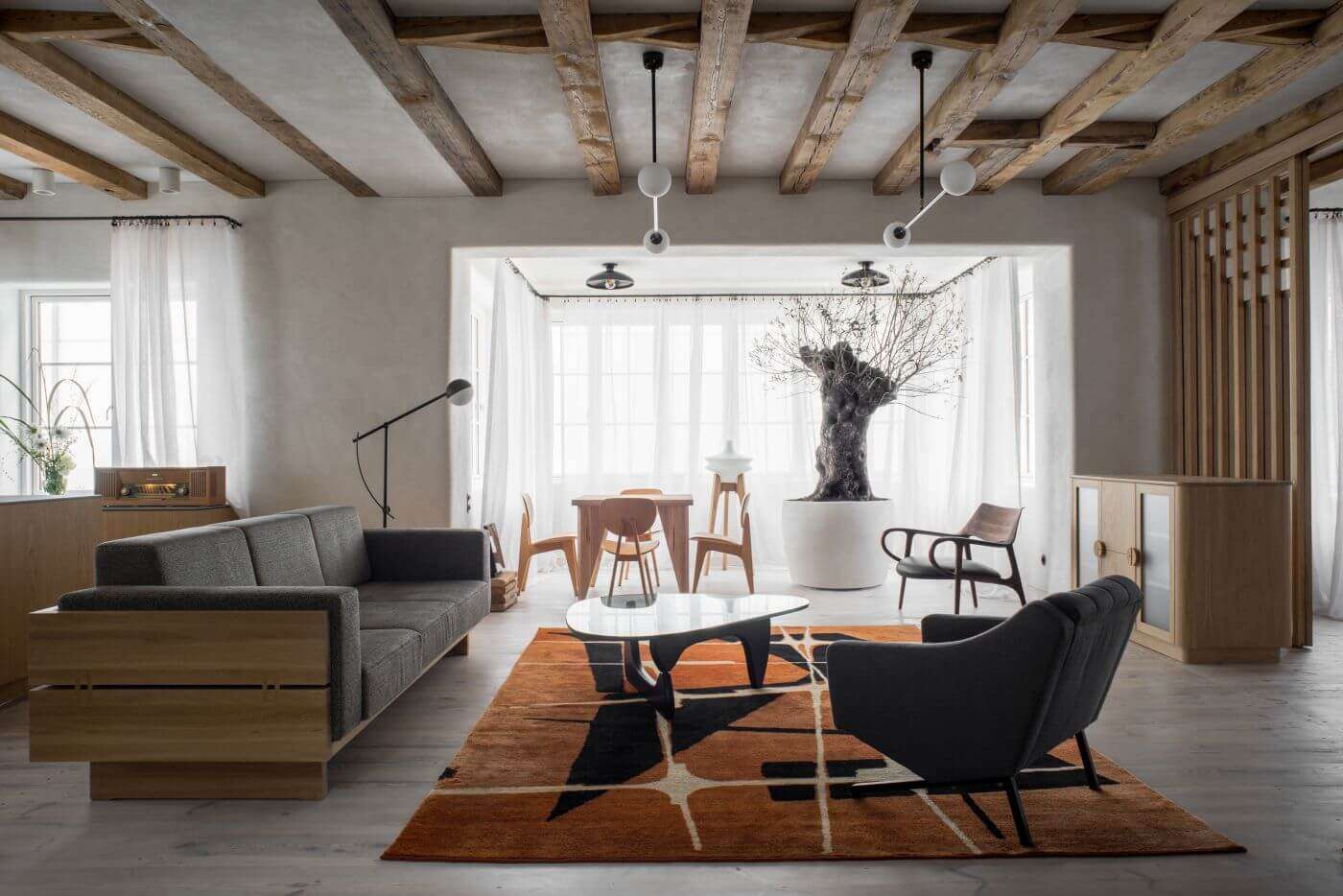
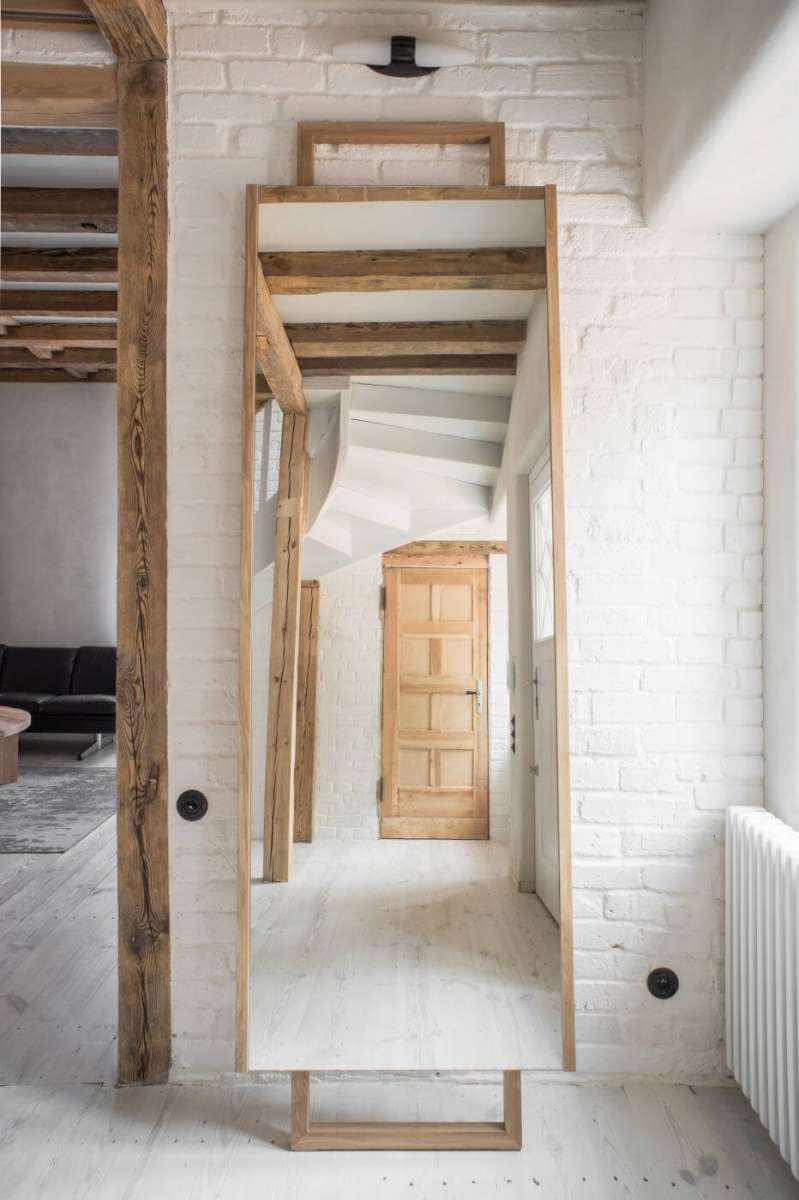
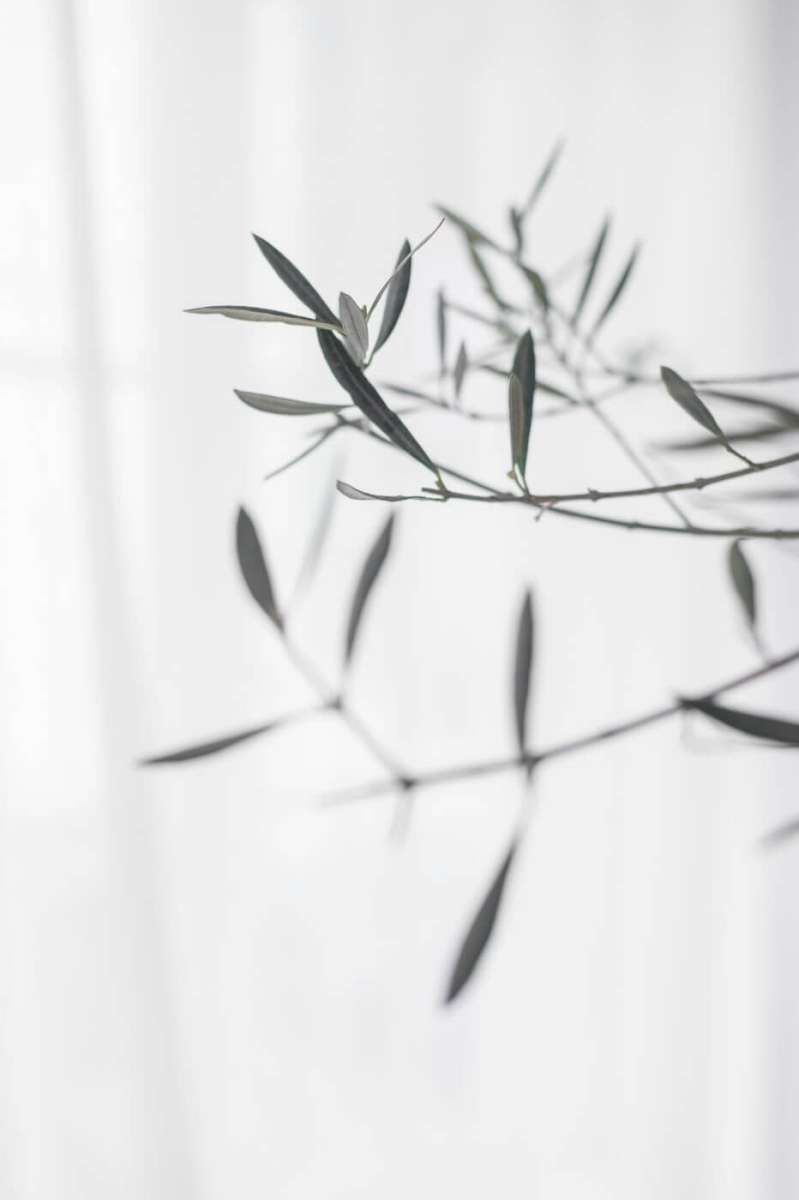
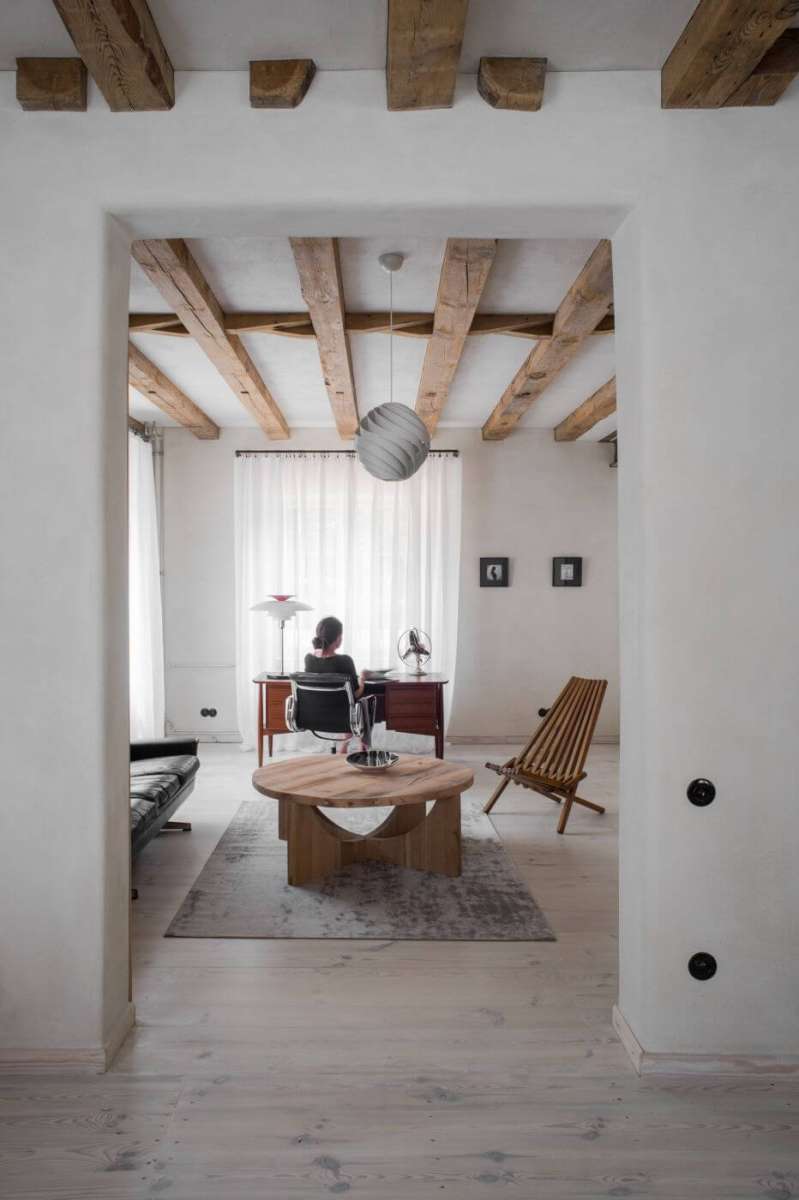
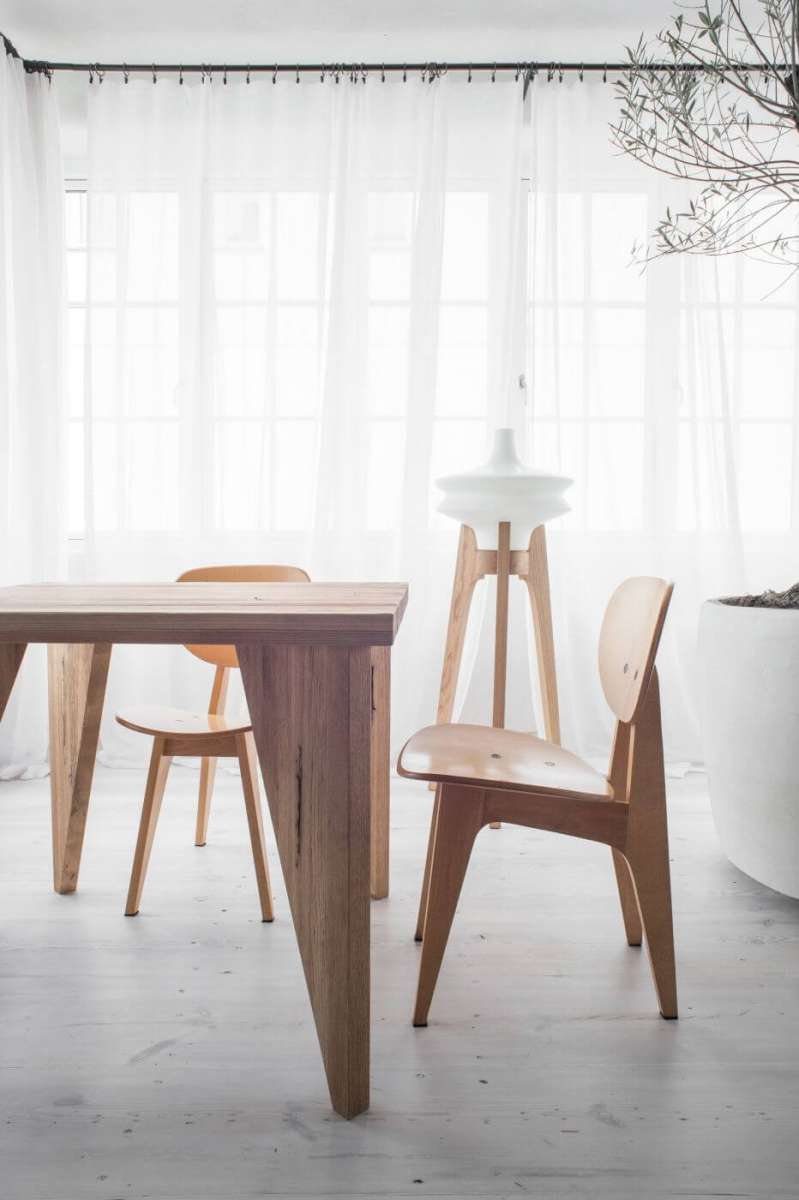


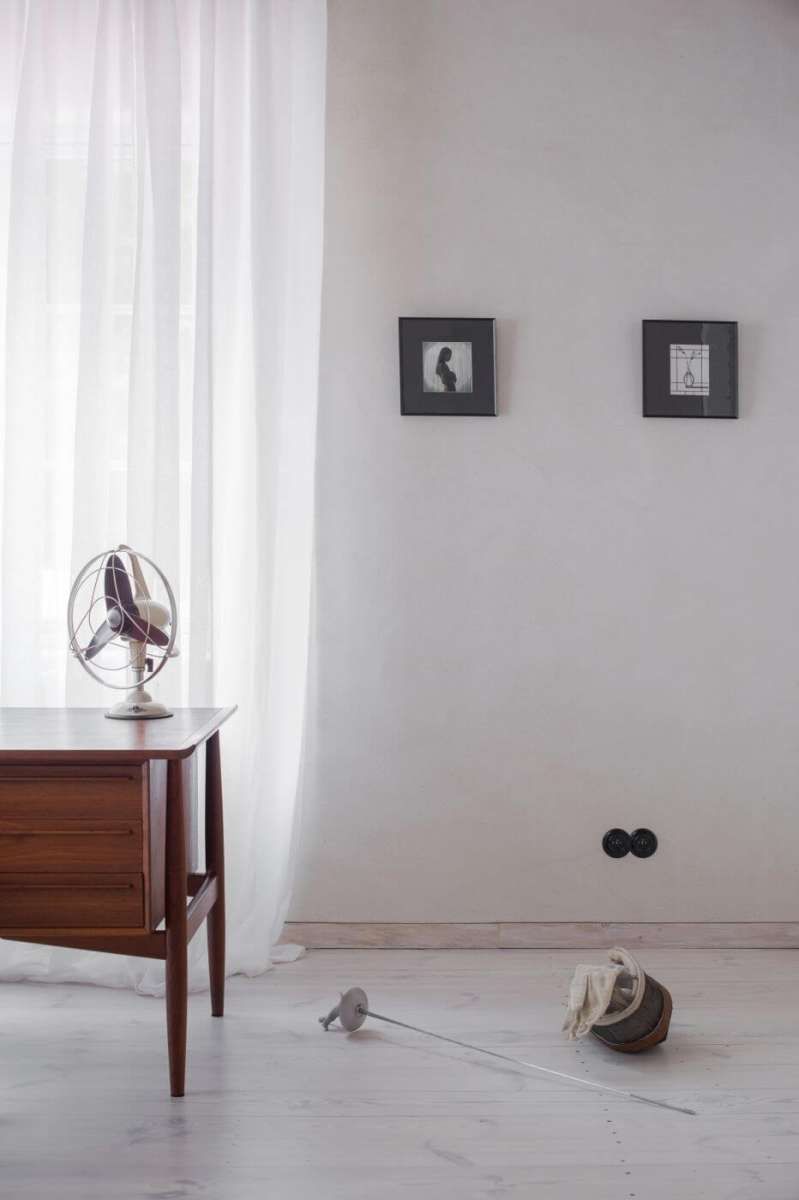

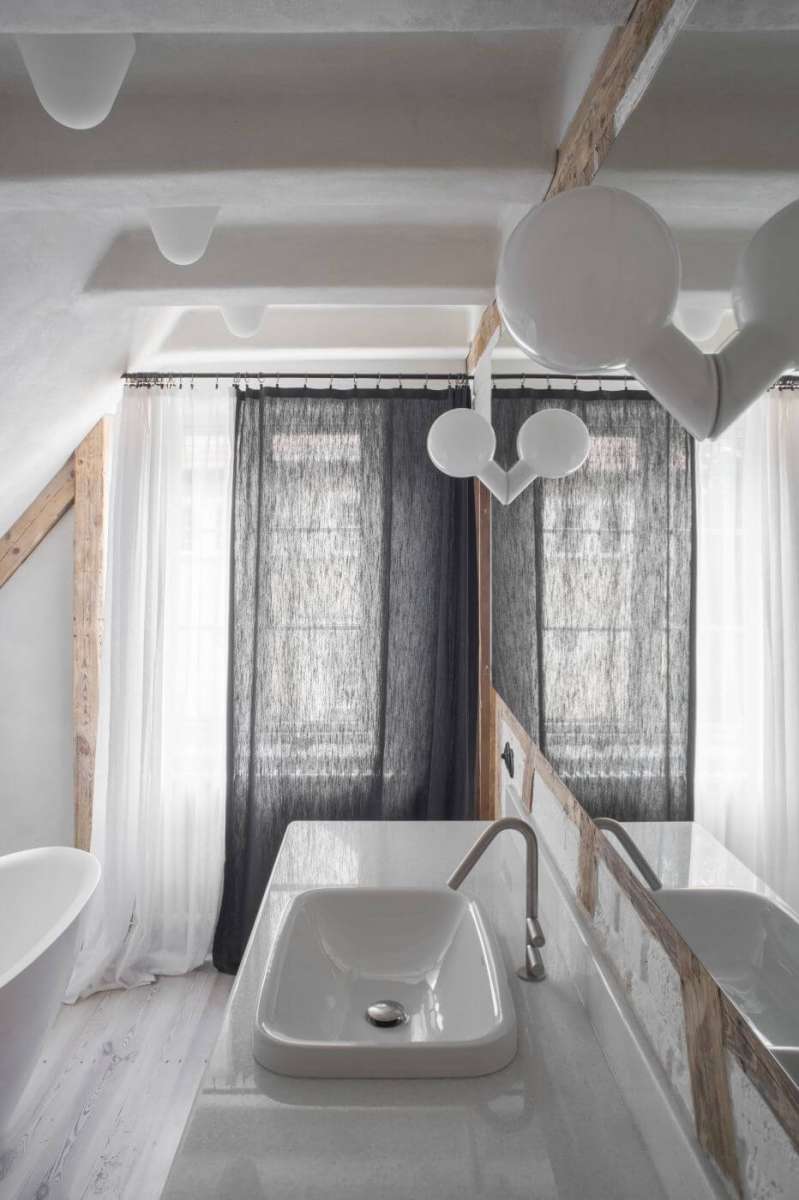

Photos: Joel Hauck

The recolonization by the comfort class—interview with M. Sornarajah

The European Capital of Culture program series in Timișoara starts in February
